

Mooddubelle: St. Mary’s College NSS students visit War Memorial at ‘Vanasowrabh’
By Eugene DSouza, Moodubelle
Bellevision Media Network
Moodubelle, 27 December 2011: “For your tomorrow we gave our today...”, quoting this phrase engraved at the base of the War Memorial in front of his house ‘Vanasowrabh’, Commodore Jerome Castelino explained the meaning and background of the War Memorial to the NSS students of St. Mary’s College, Shirva who are undergoing the second day of their seven days camp in the premises of St. Lawrence PU College at Moodubelle. As a resource person of the afternoon session on the second day of the camp, Tuesday, December 27, 2011 at 2.30 pm, Commodore Castelino had invited the NSS volunteers to see for themselves the War Memorial which he had built and was inaugurated on December 16, 2011 on the occasion the fiftieth and fortieth anniversaries of the Goa and Bangladesh liberation wars respectively.
Commodore Jerome Castelino said that prior to the Kargil War, the bodies of the soldiers who had died fighting during the course of the war used to be disposed off en mass as it was not possible to identify and send the bodies to their relatives. However, it was during the Kargil War that the bodies of those soldiers who had sacrificed their lives were sent to their respective families. War Memorials commemorate the supreme sacrifice of the unknown soldiers. As all the names of the soldiers who had died in the wars cannot be written on the War Memorial, Commodore Castelino said that he has procured a book known as ‘Amar Jawan’ in which the names of over 21,000 soldiers who had sacrificed their lives in all the wars since 1947 to 2001 have been printed.
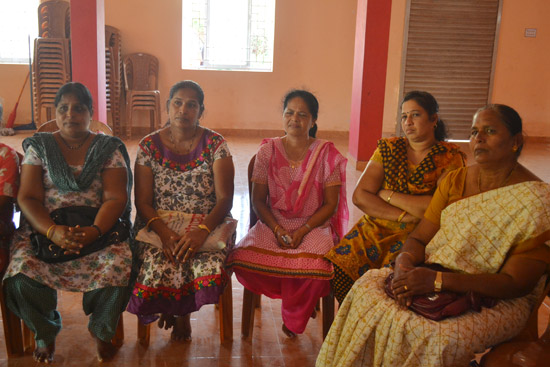


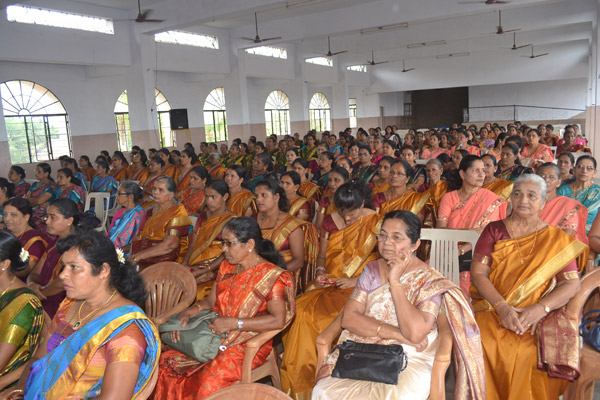




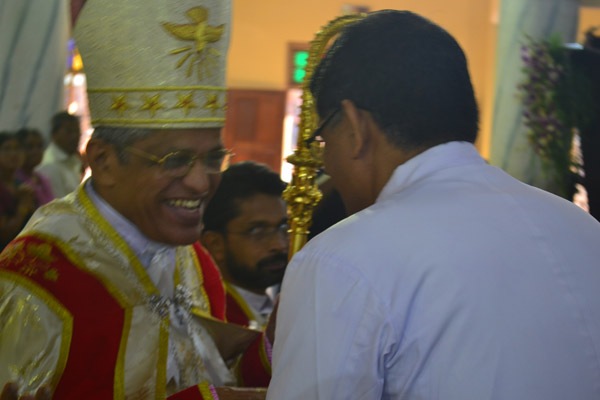

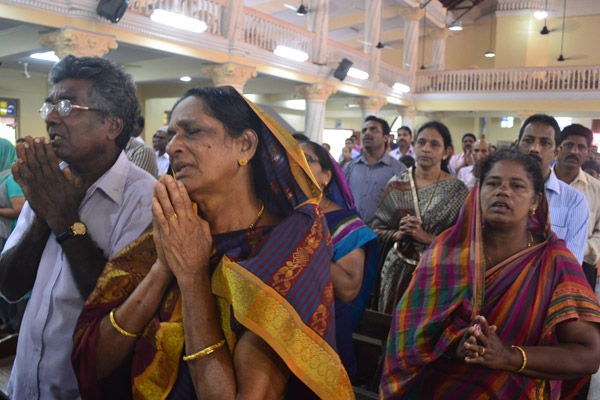
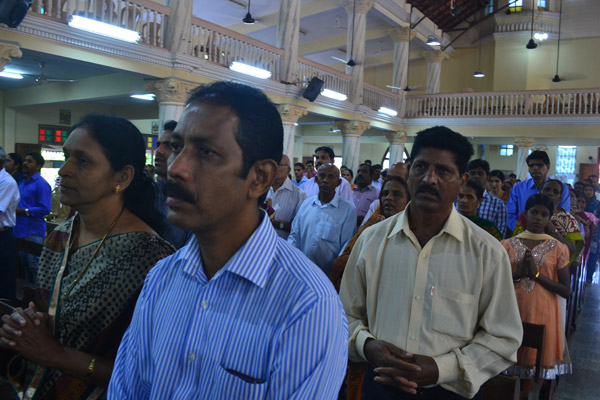
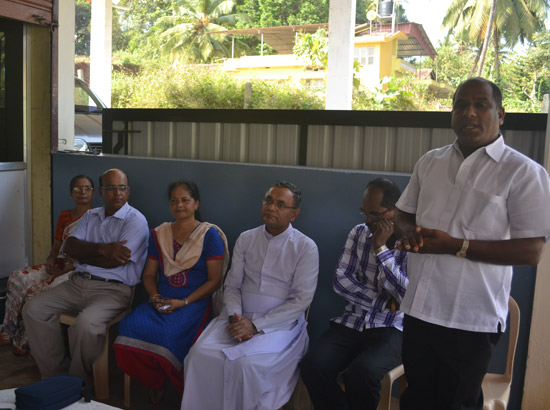
In the course of the lecture, Commodore Jerome Castelino narrated his own experience in the Indian Navy and how he rose from the rank of a sailor to that of an officer and retired with the rank of Commodore. He also explained the background of the Goa and Bangladesh liberation wars and his participation in both these wars. He also showed some war relics such as a shell of a huge gun from INS Godavari which was used to fire at the Pakistani merchant ship ‘Pasni’ from which a number of crew were taken as prisoners of war. He also exhibited a steering wheel of a Portuguese war ship which was captured during the Goa Liberation War.
Through his emotion-filled lecture, Commodore Jerome Castelino inspired the NSS students to develop respect for the soldiers, especially those who had sacrificed their lives so that the Indian nation would survive. At the end, all the NSS students and Camp officers paid respect at the War Memorial by offering flower petals at the ‘Amar Jawan’ War memorial and saluting the unknown soldiers.
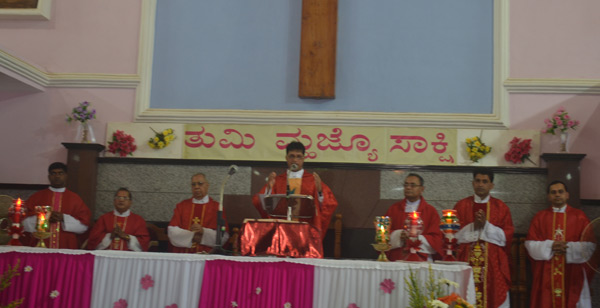

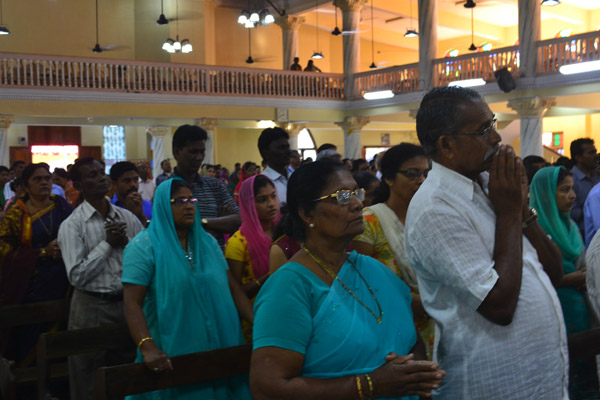

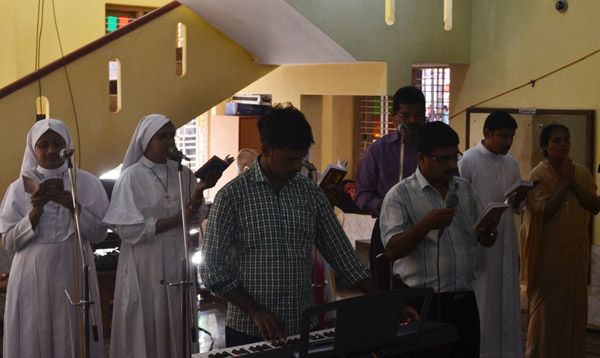
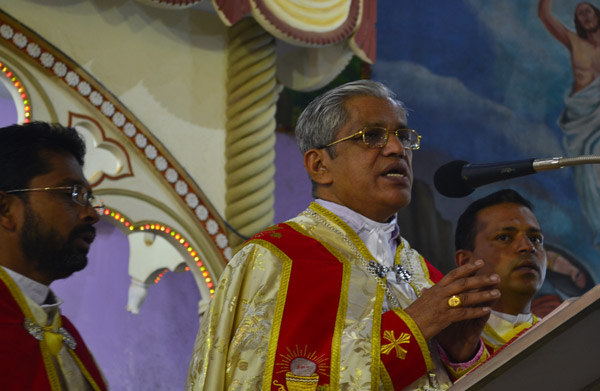


Prior to the lecture, the NSS students assembled at the flag-post at the main entrance of ‘Vanasowrabh’ where Commodore Castelino demonstrated the flag-hoisting which he does every morning along with his wife, Mrs. Rose. Later, the students also viewed with great interest the exhibition of the posters representing the Goa and Bangladesh liberation wars.
The NSS students were accompanied by the Chief Camp Officer, Prof. Ronald Joseph Moras and his associates-Ms. Rajashri Nayak and Ms. Geeta.
Appreciating the visit of the NSS students to ‘Vanasoowrabh’ Commodore Jerome Castelino and Mrs. Rose Castelino offered a memento and a shawl to Prof. Moras. In his thanksgiving address, on behalf of his colleagues and the NSS students, Prof. Moras greatly appreciated the effrts taken by Commodore Castelino to instil a sense of patriotism and respect for the soldiers in the minds and hearts of the students and asked the students to learn something from the life and career of Commodore Jerome Castelino.